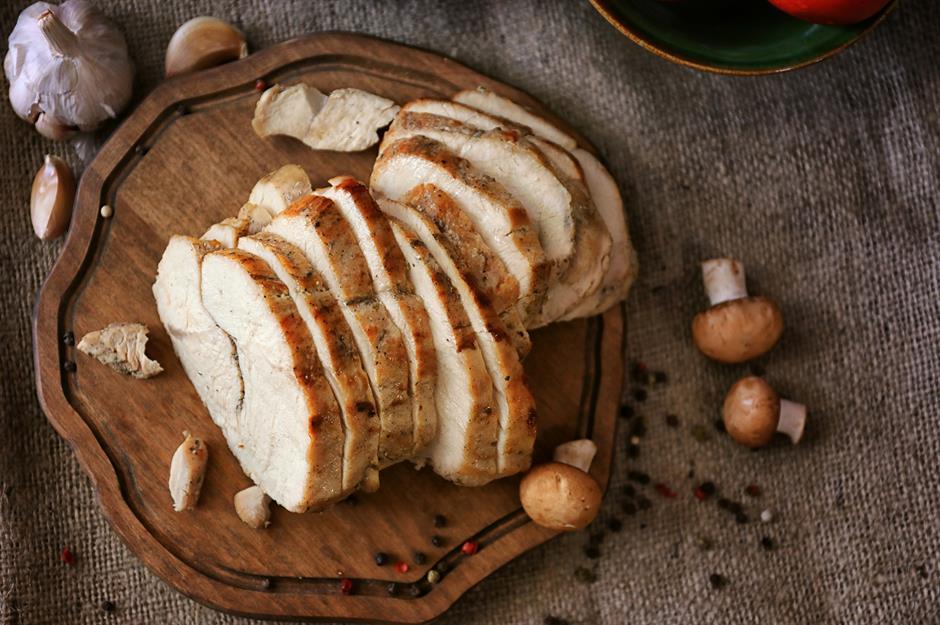Secrets of a perfect carved turkey
Turkey carving masterclass
On Christmas Day, most people will be sitting down to a huge feast with a plump, golden turkey as the centrepiece. Once you've got cooking the bird covered, it's time to brush up on your carving skills. We asked Paul Kelly, managing director of free-range turkey producer KellyBronze, for his top carving advice plus some extra tips and tricks when buying and prepping that'll make everything easier.
What should I look for when I buy a turkey?
Is it worth buying a turkey crown?
To get the best value, buy a whole bird and not a crown. The price of what is cut off is simply added to the price of a crown and therefore vastly overpriced for the amount of meat you get. Also, you need bone and carcass to produce a good stock. A crown cannot produce a good stock as the bones that carry all the marrow are not in the breast but the legs and back. However, if you're not bothered about making stock or having leftovers, and cooking for a smaller number of people, a crown can be a good option.
What are the essential pieces of carving kit?
Is it better to remove the wishbone before or after cooking?
To truss or not to truss?
To stuff or not to stuff?
Any tips for making my turkey look like plump and golden?
How long should you leave the turkey to rest?
You should leave the bird to rest for at least 30 minutes minimum and uncovered, advises Kelly. By covering the bird with tin foil it will be insulated and carry on cooking, leaving you with dry, overcooked meat.
What are the basic steps to carve the bird?
How do I remove the breast meat neatly?
Run the knife’s blade down the turkey’s back, as close to the bone as possible. Put your carving fork into the breast meat and leverage the meat back as you take the knife all the way down and take it off. Repeat for the other side. Now you can carve each breast into even slices. Check out this video for a visual guide to carving a turkey.
What’s the difference between white and dark meat?
Any top tips for the skin?
It might seem controversial but Kelly says, for the best turkey crackling ever, to remove all the skin as soon as you’ve broken the bird down. It’ll be very easy to peel the skin off the breast, the legs and the wings. And don’t forget the back of the bird – break the parson’s nose of the carcass (the triangular portion of flesh at the rear) pulling all the back skin with it. Lay the skin flat on a baking tray, season and put back in the oven at 180°C/360°F or above for about 20–30 minutes. Don’t forget it’s in the oven though, as it will burn quickly.
Can I carve in advance?
What can I do with the carcass and juices?
Leftover juices are great for stock and gravy but if there's any further remaining, pour into an ice cube tray and freeze for use as a stock cube. Turkey soup is always the classic choice for the carcass.
What can I do with leftover meat, beyond sandwiches?
Leftover turkey meat is incredibly versatile as it takes on flavour well. Turn extras into breakfast and fry shredded meat with chorizo and leftover roast potatoes to make a comforting hash. Alternatively stir through a sweet and sour coconut noodle soup. One of our favourite recipes is turkey and ham casserole with peas, spinach and a crunchy breadcrumb, sage and chestnut crust.

